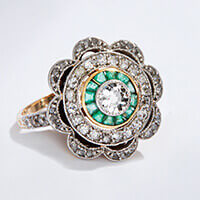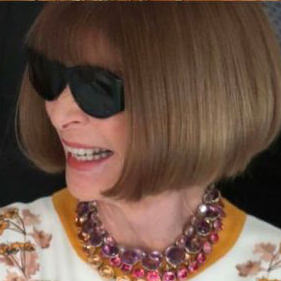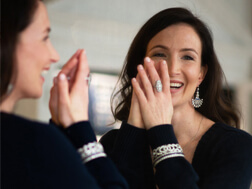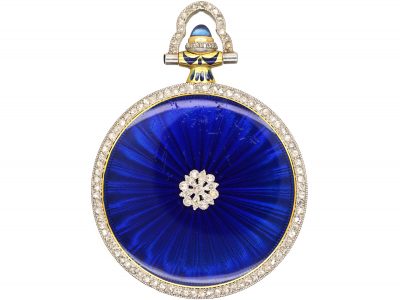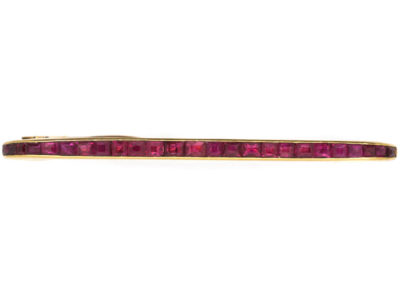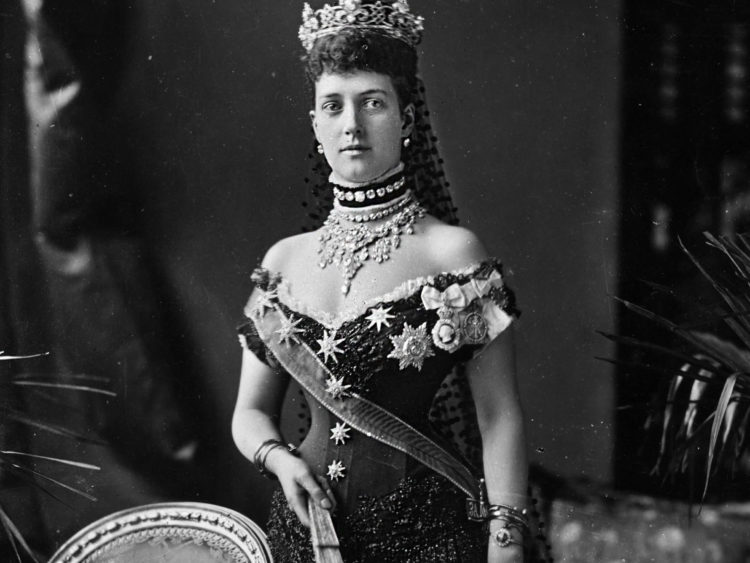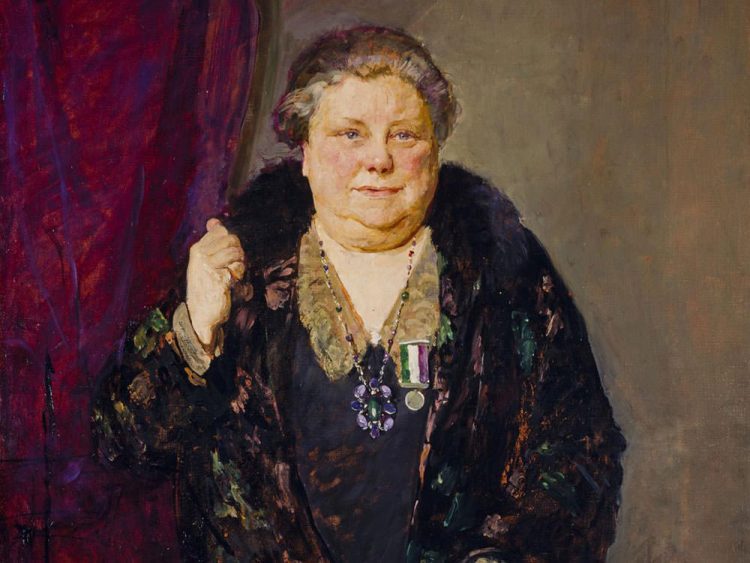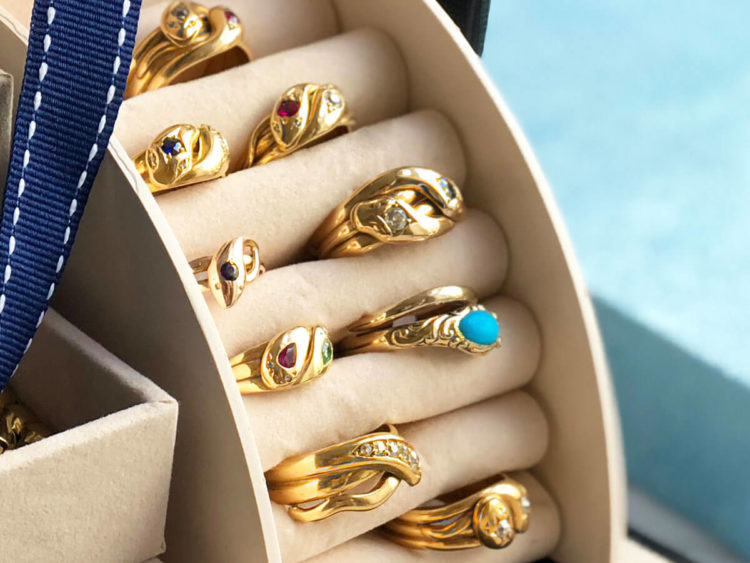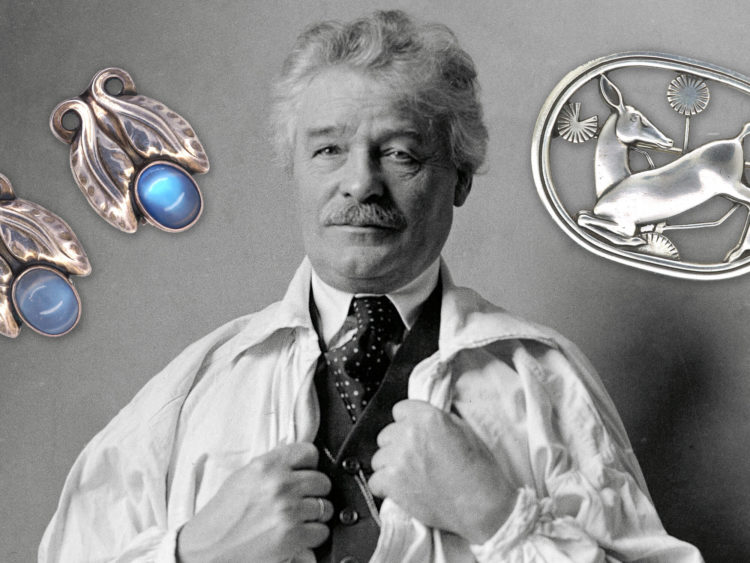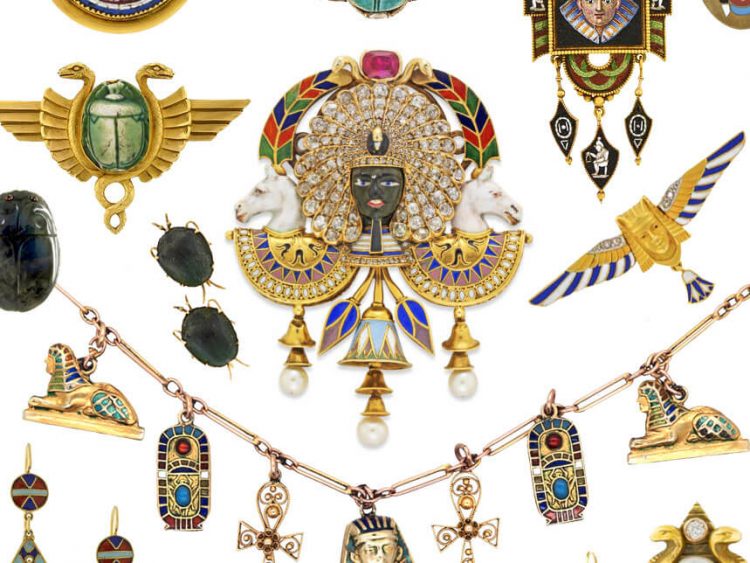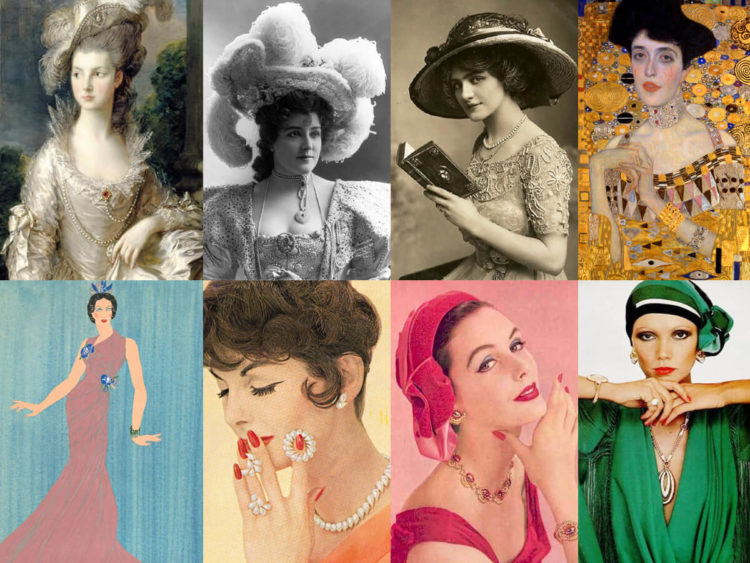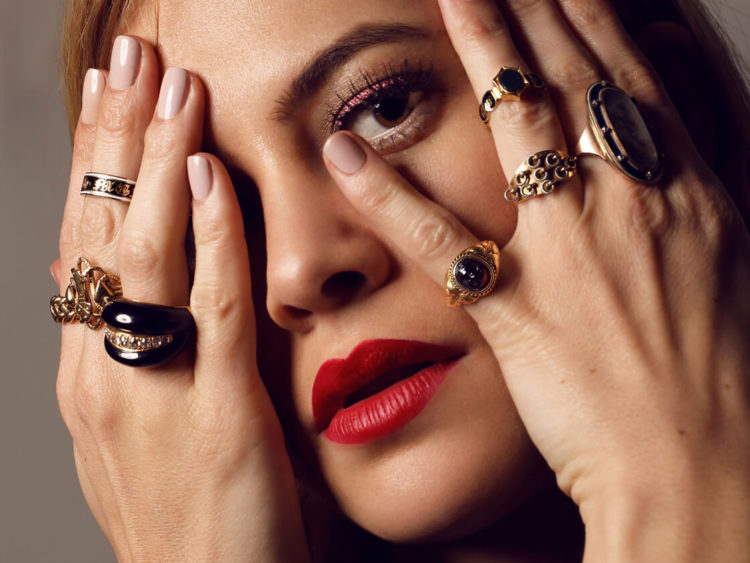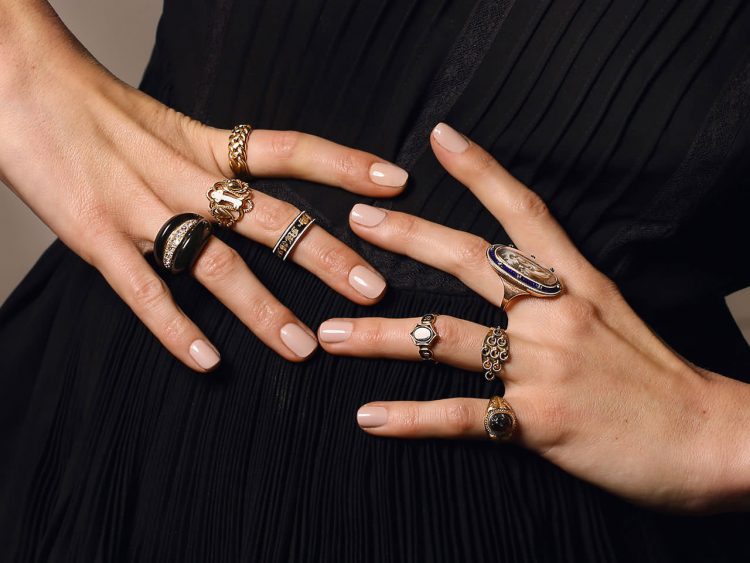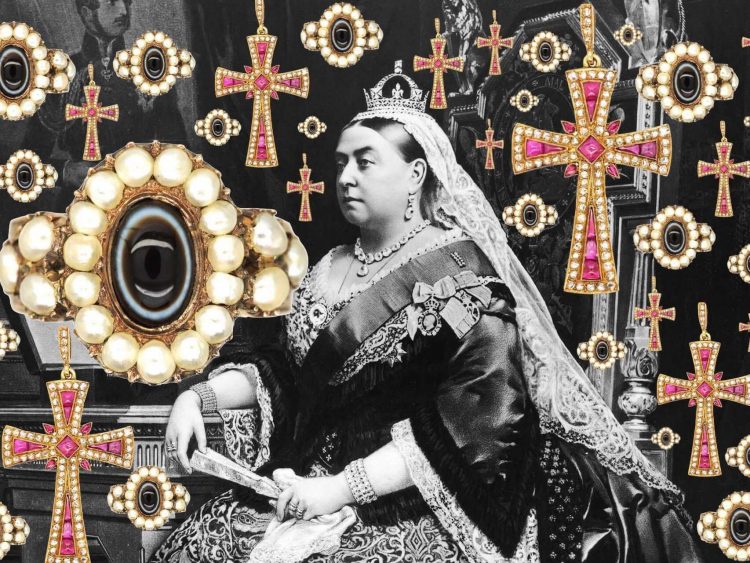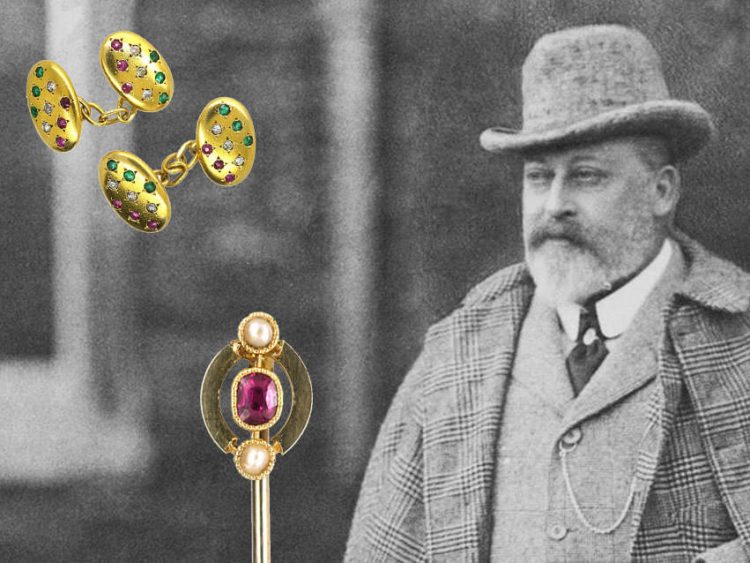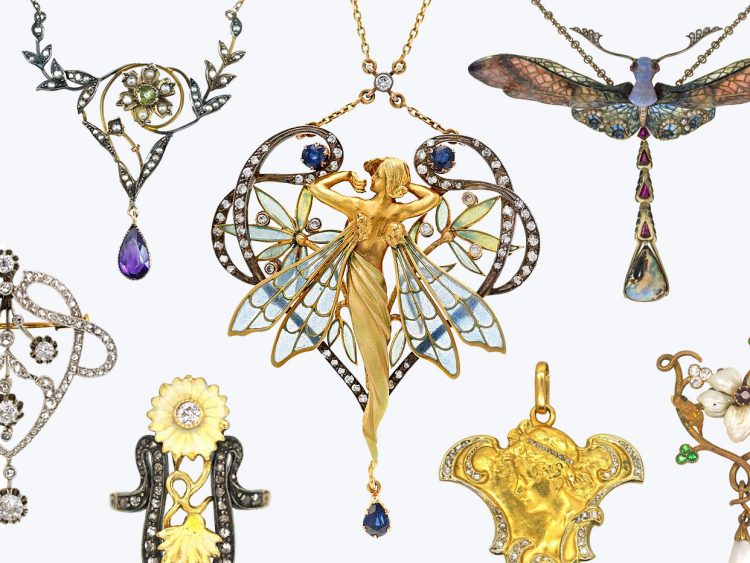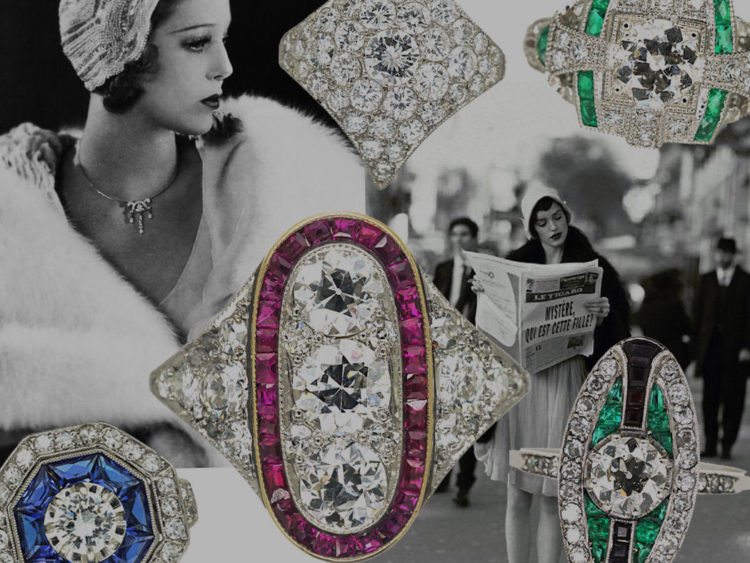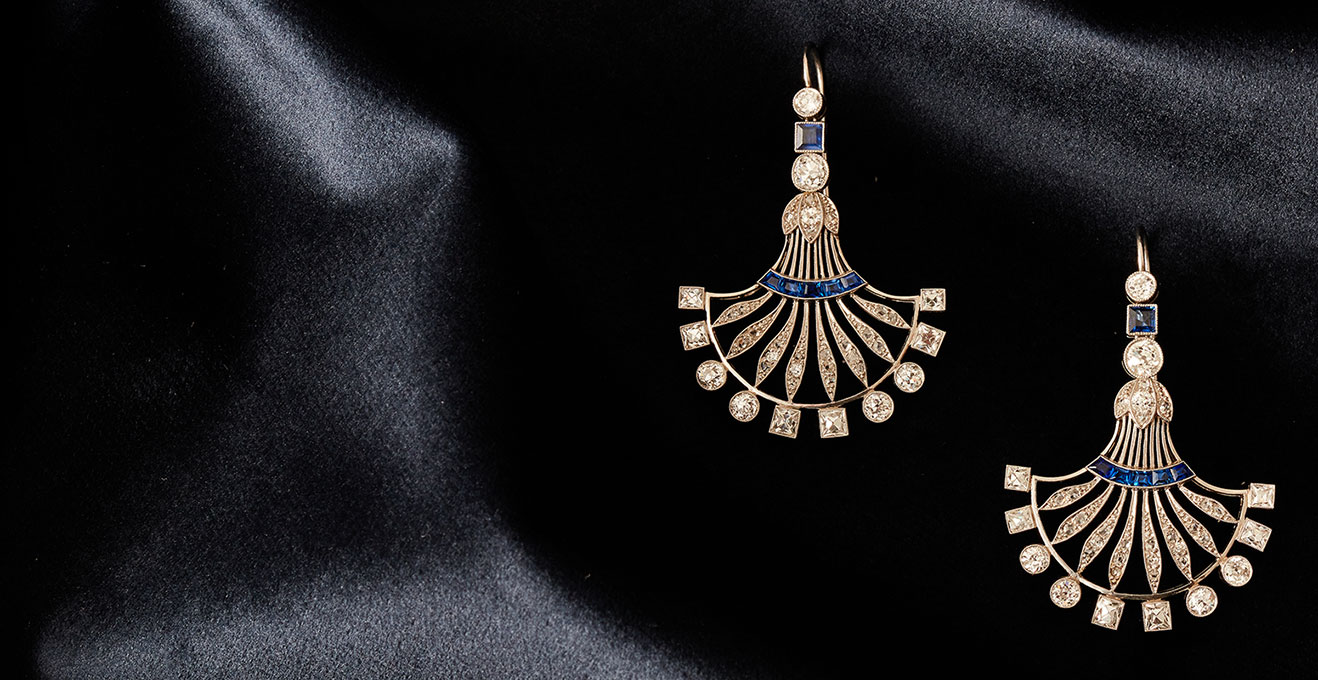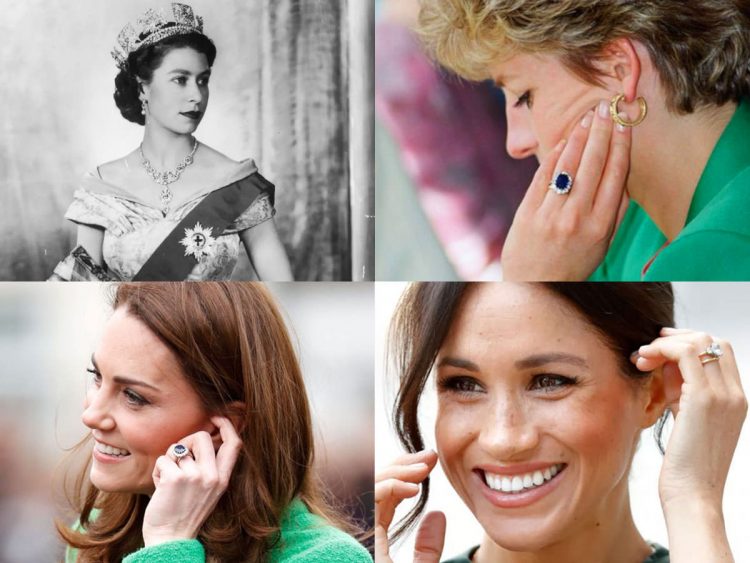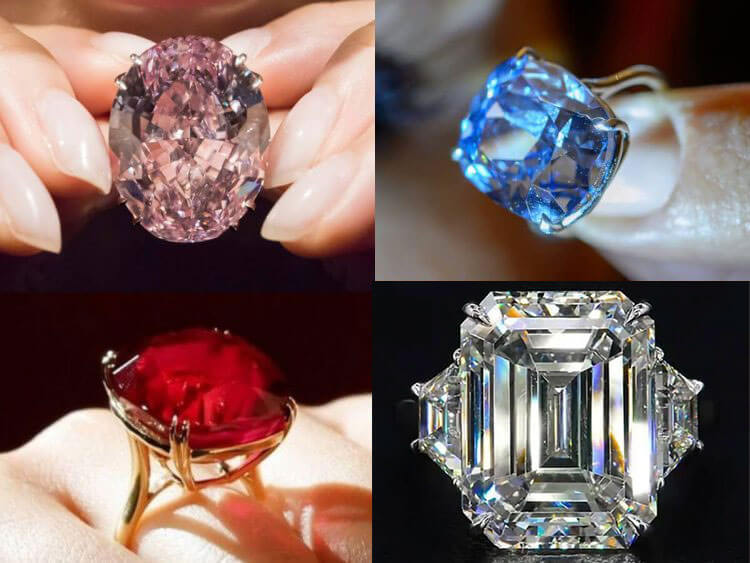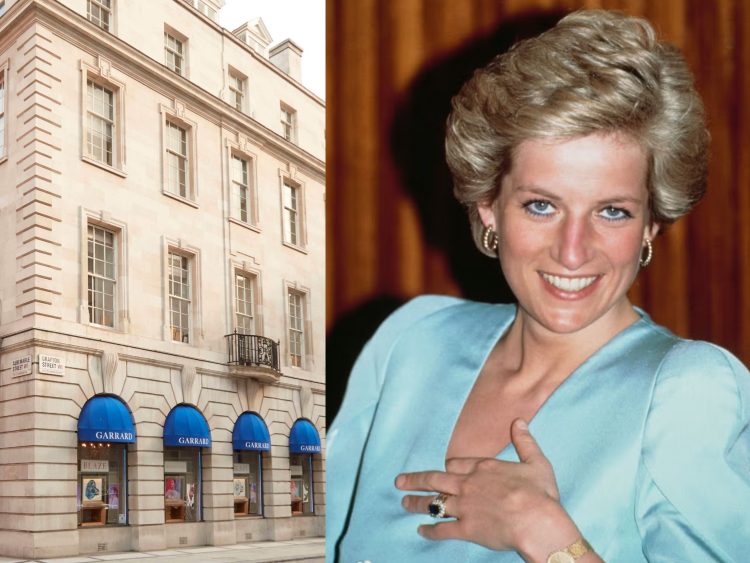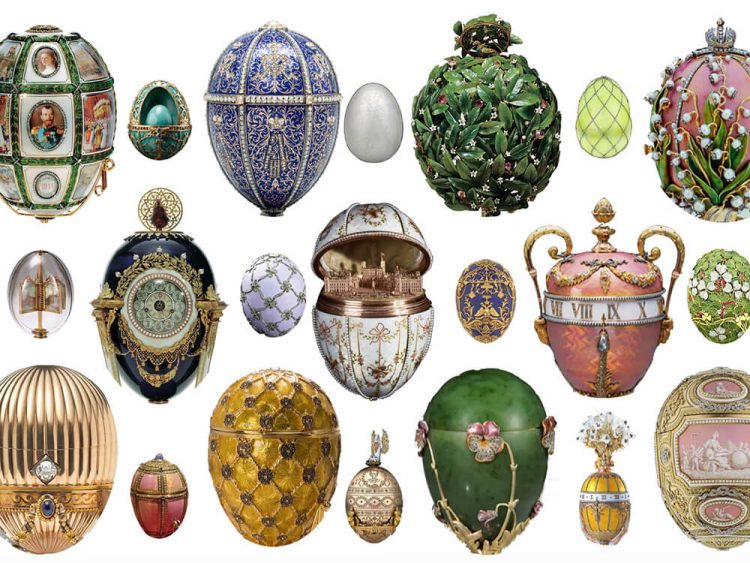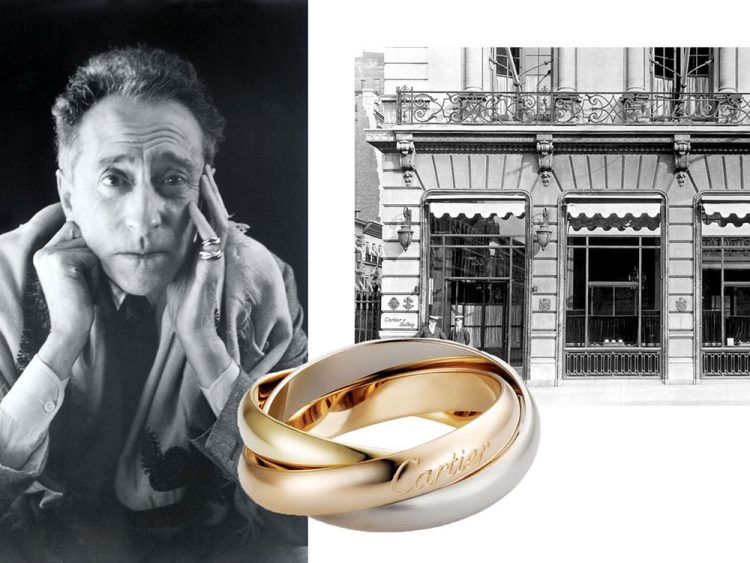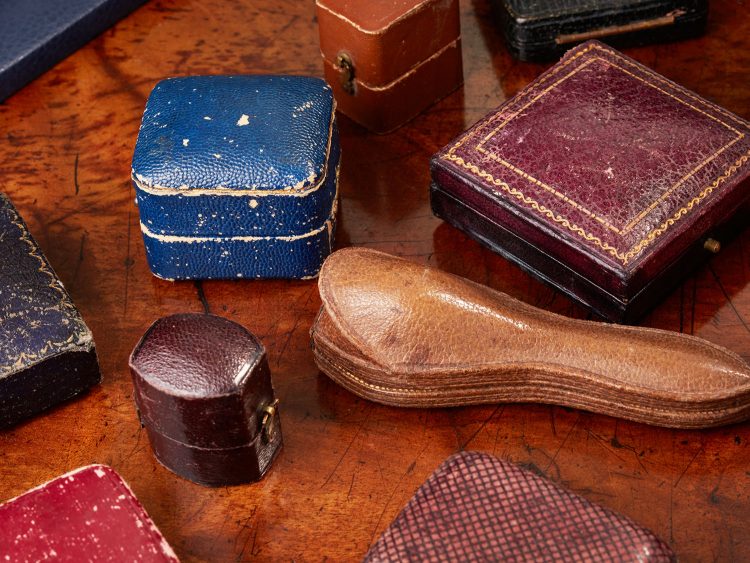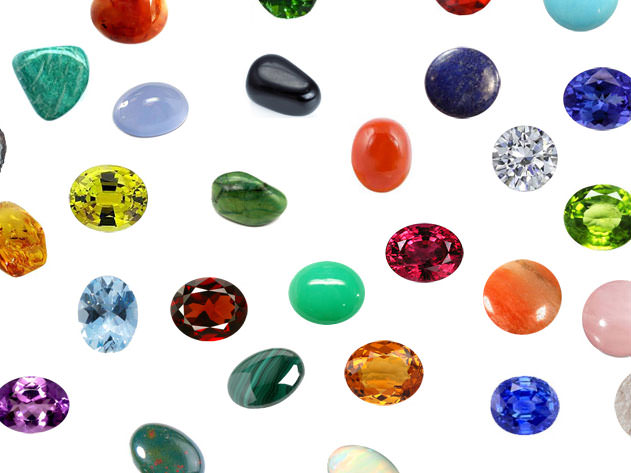-
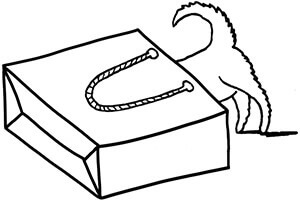
Your Shopping Bag is empty
Lacloche Frères: A Legacy of Glamour, Innovation, and Exquisite Craftsmanship
Paris in the early 20th century was an artistic and cultural epicentre, brimming with sophistication and innovation. Amidst this vibrant scene emerged Lacloche Frères, a jewellery house whose name would become synonymous with glamour, bold design, and technical mastery. Though their family roots were in textiles, the four Lacloche brothers—Fernand, Jacques, Jules, and Léopold—rose to prominence in the jewellery world, adorning royalty and the elite with creations that were equal parts artistry and luxury.
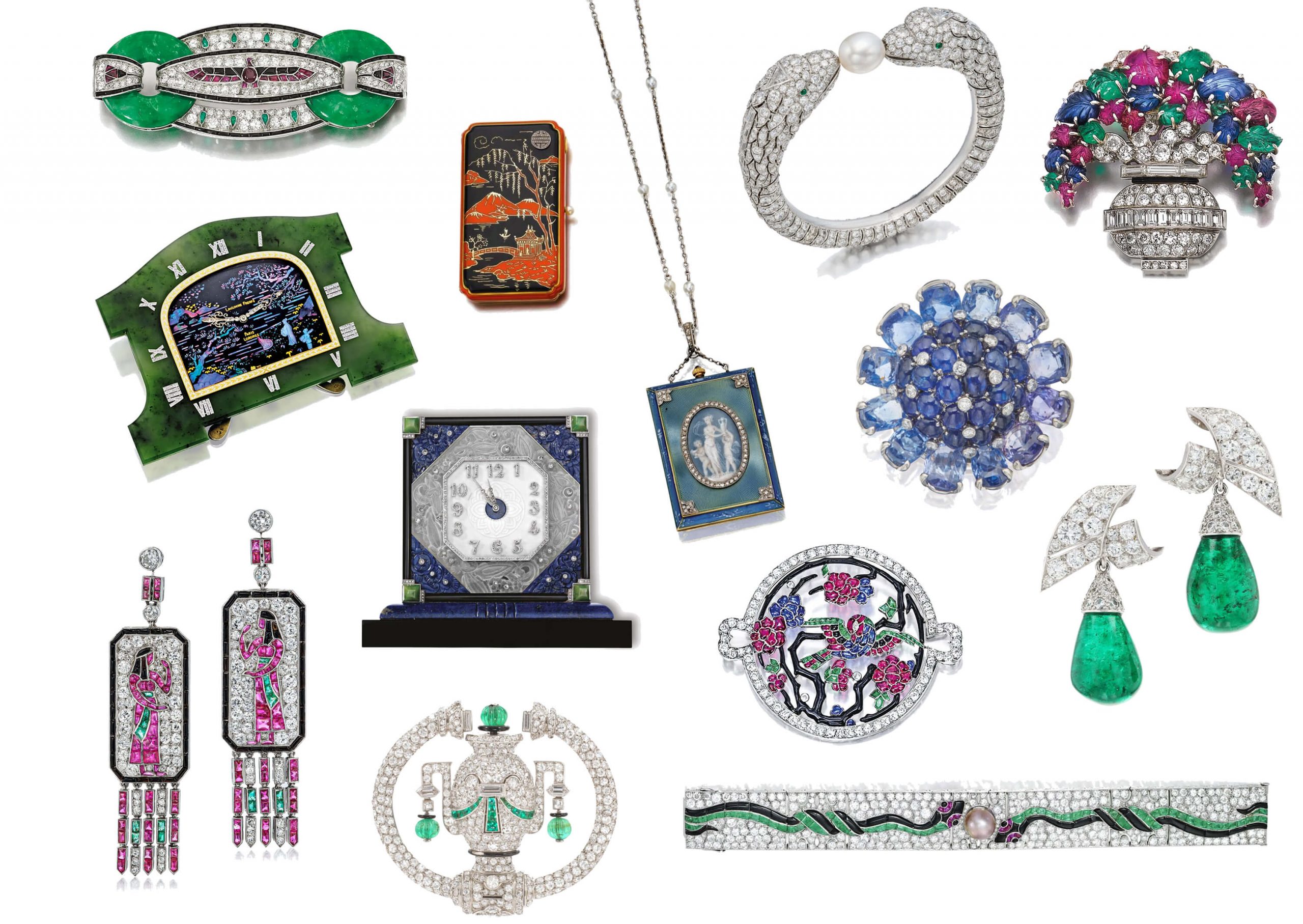
The Origins: From Textiles to Jewels
The Lacloche family’s entry into jewellery was somewhat unexpected. Hendricks Lacloche, the family patriarch, and his wife raised six children, four boys and two girls, in a family business focused on textiles. However, by the early 1890s, two of the brothers, Jules and Léopold, had a vision that led them to Paris, where they opened the first Lacloche Frères shop in 1892. Meanwhile, Jacques and Fernand ventured to the New World, seeking opportunity and acclaim before eventually returning to Europe, where they launched Lacloche et Cie in Madrid. This new entity specialized in high-quality jewellery crafted in Paris, quickly earning favour among Spanish nobility.
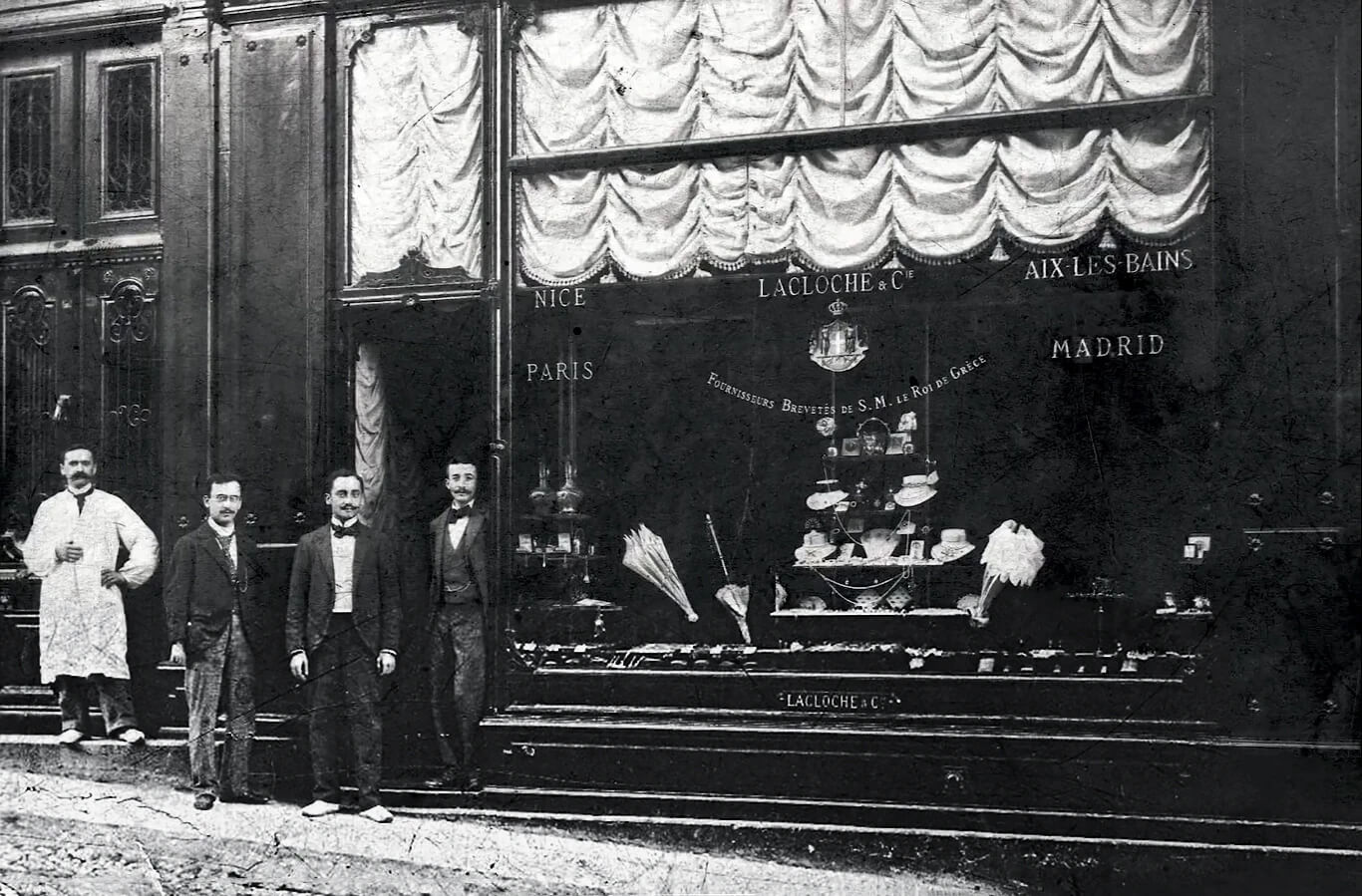
Among their illustrious clients were Queen Alexandra, King George I of Greece, Napoleon III, Empress Eugénie, and Alfonso XII of Spain. Their distinct craftsmanship and eye for luxury established Lacloche as a name known across Europe. The brothers opened additional shops in Biarritz, San Sebastian, Aix-les-Bains, Nice, and even the glamorous Monaco, strategically following the wealthy clientele to popular seaside resorts. Bertha Lacloche, one of the sisters, married Jacob Jacques Walewyk, and together they opened Walewyk-Lacloche shops in these fashionable enclaves, further expanding the Lacloche influence in the world of luxury goods.
A Turning Point: The Death of Jacques and the Rise of Lacloche Frères
In 1900, tragedy struck when Jacques Lacloche died in a train accident. The remaining three brothers consolidated their resources, establishing Lacloche Frères as a unified entity in Paris, where they set up a shop at the prestigious 15 Rue de la Paix in 1901. They quickly gained renown for their commitment to only the finest pieces, working with premier designers, artisans, and suppliers. This elevated their brand to new heights, attracting a clientele that included the wealthiest and most influential figures of the time.
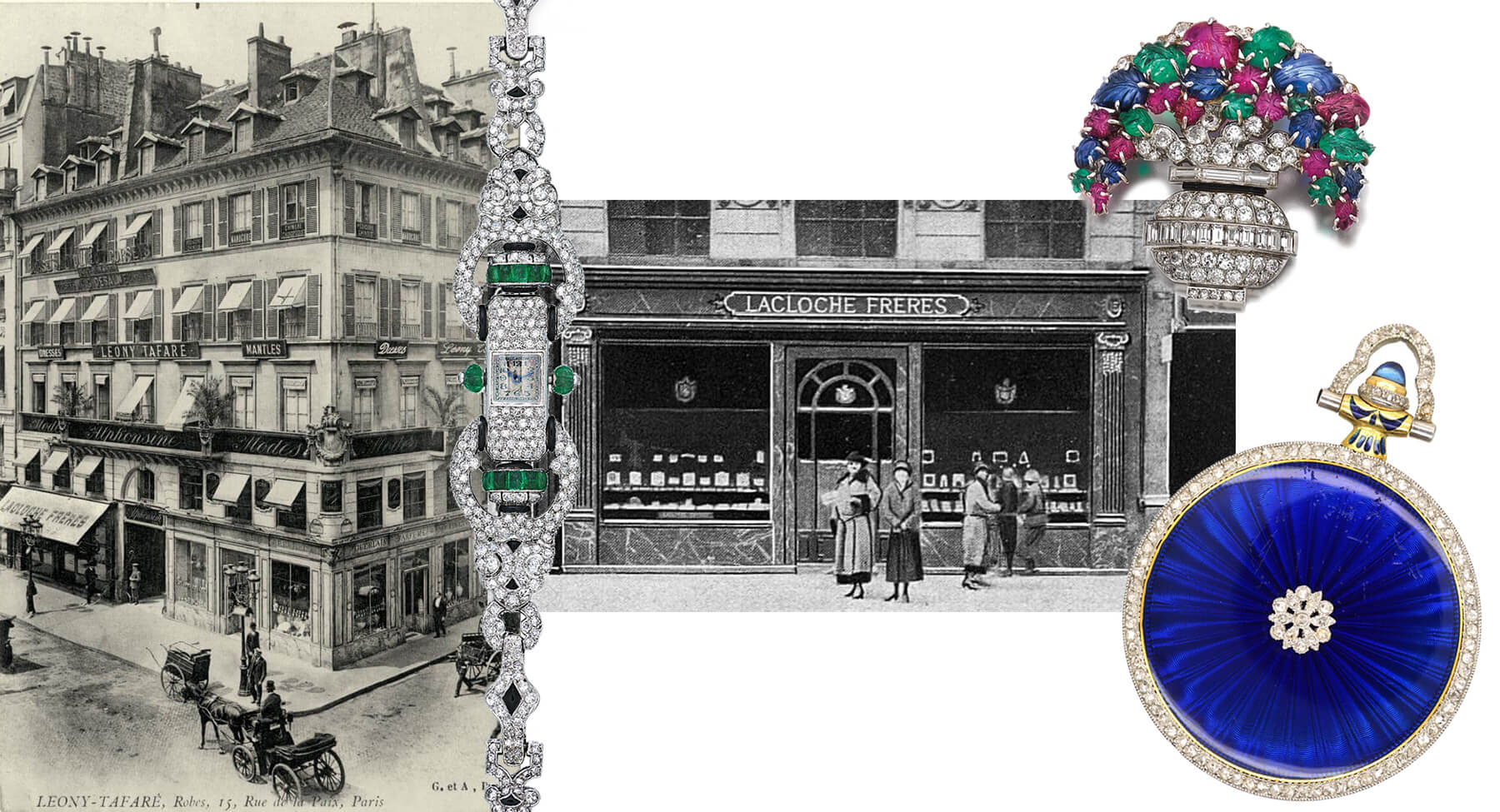
The acquisition of Edwin Streeter’s London store in 1904 further cemented their stature. Streeter’s stock included the historic Agra diamond, a remarkable pink gem that they decided to auction at Christie’s, garnering significant attention.
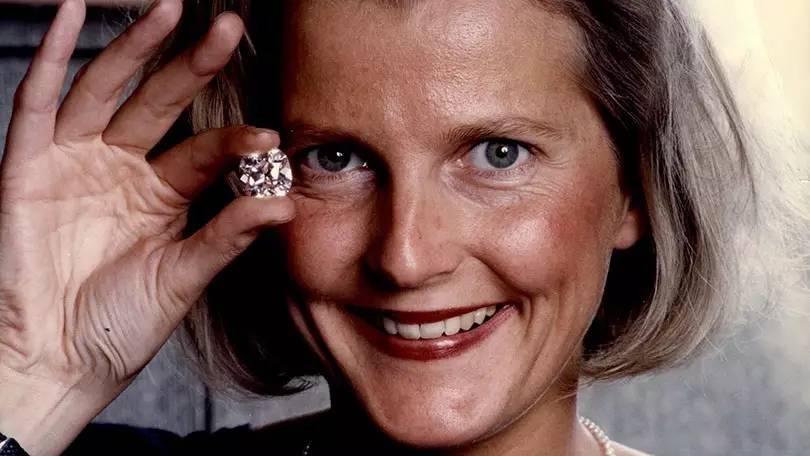
By 1908, Lacloche Frères had expanded to seven locations, including a presence in London, Madrid, and various European resort towns. Their exquisite jewellery and timepieces included collaborations with Lalique, Verger, Vacheron Constantin, and the master enameler Paillet.
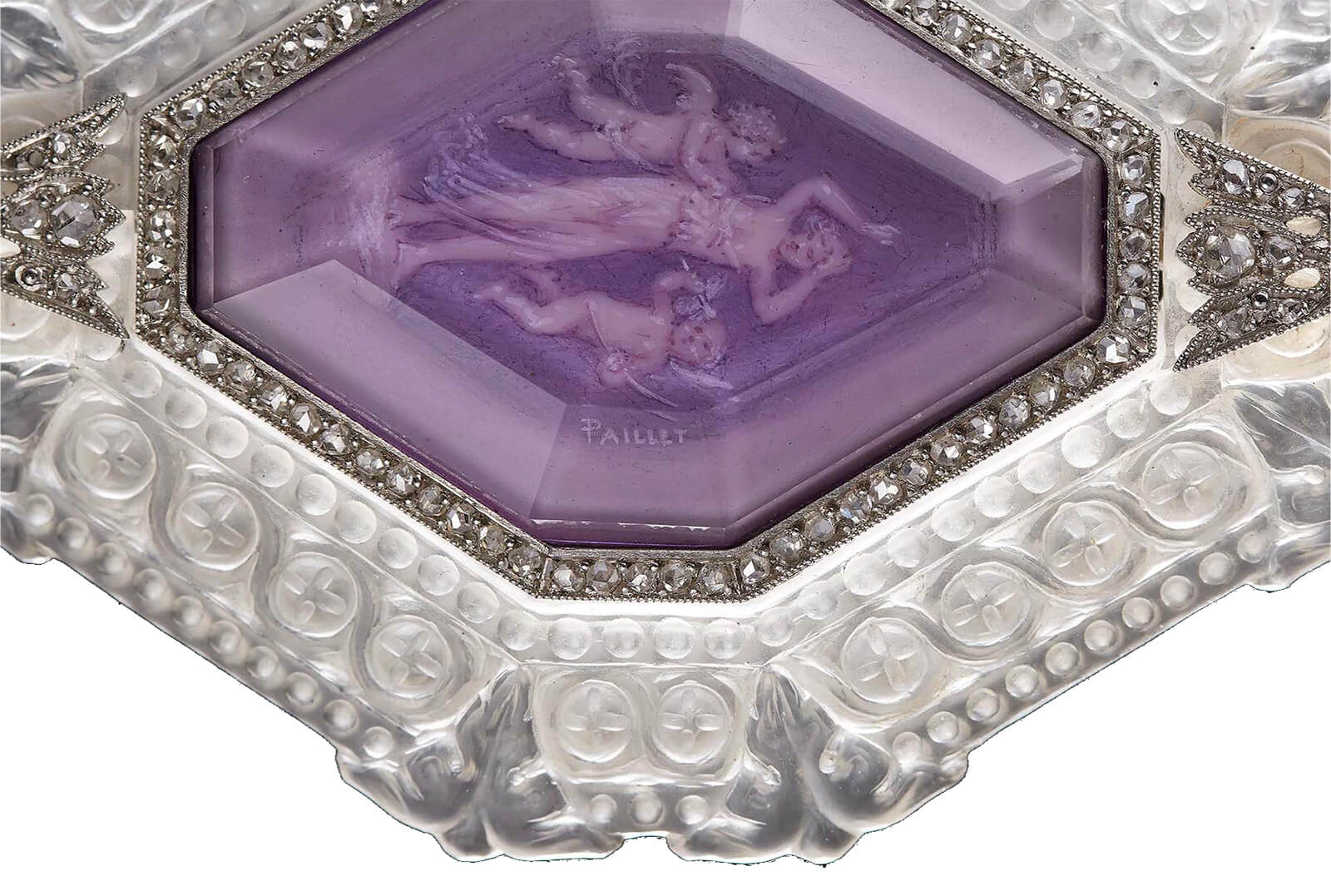
Belle Époque Creations: The Early Days of Artistic Innovation
During the Belle Époque, Lacloche Frères captured the market for elegant ladies’ watches and intricate brooches. These timepieces were often adorned in delicate hues of blue, green, and mauve and framed with diamonds and coloured stones. Crafted in partnership with the Verger firm and with cases designed by artists like Paul Brandt and Fernand Paillet, these watches stood out for their artistry and detail. Notably, Paillet—a portrait artist renowned for his work with the Manufacture Nationale des Sèvres—created intricate reverse designs that added depth and individuality to each piece.
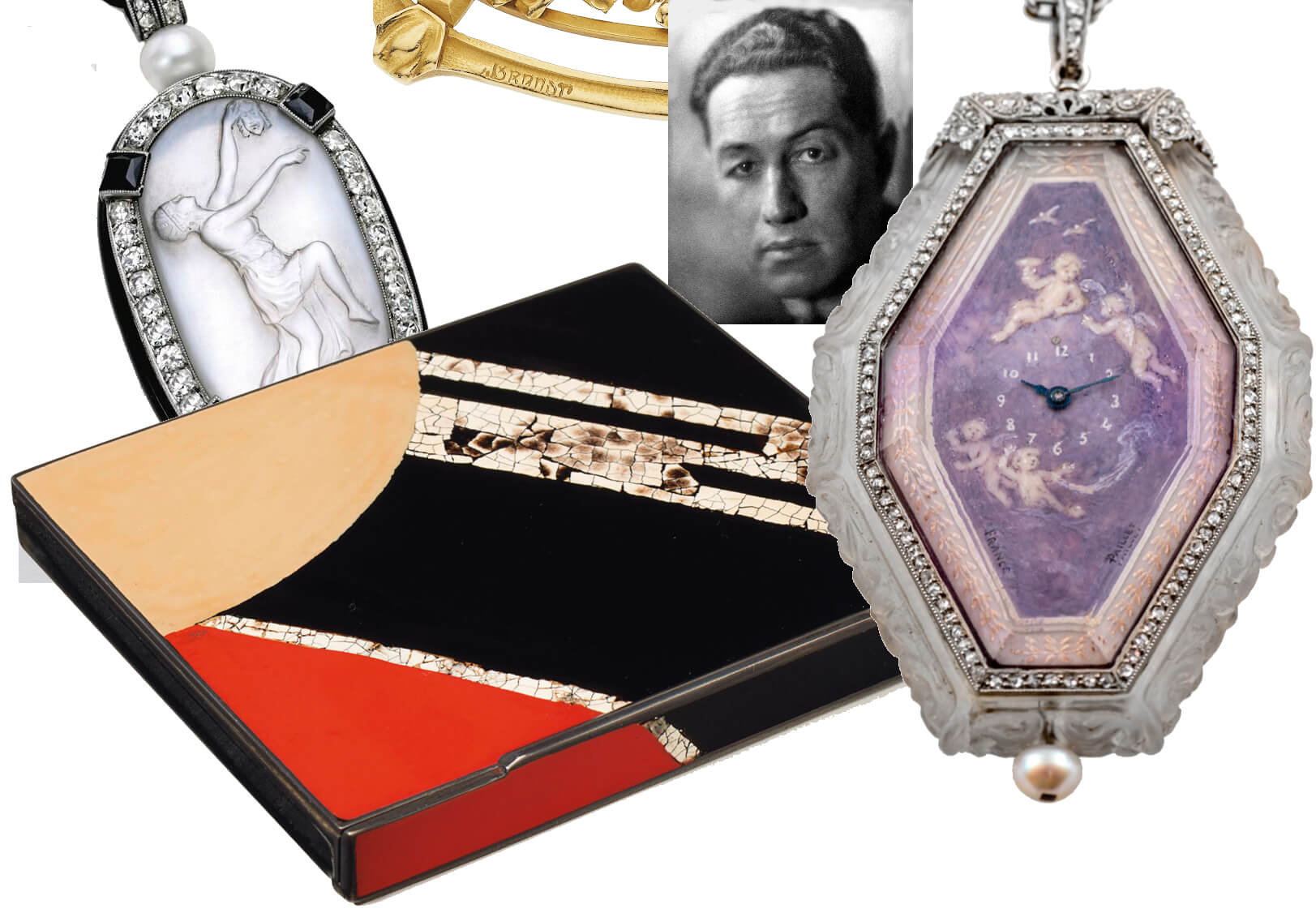
Lacloche also embraced “jewellery embroidery,” a style popularized by Oscar Massin and further perfected with the advent of platinum, allowing for delicate, lifelike floral designs. With their lacy appearance and realistic motifs, these designs soon became a hallmark of the Lacloche style, setting the stage for their entrance into the Art Deco movement.
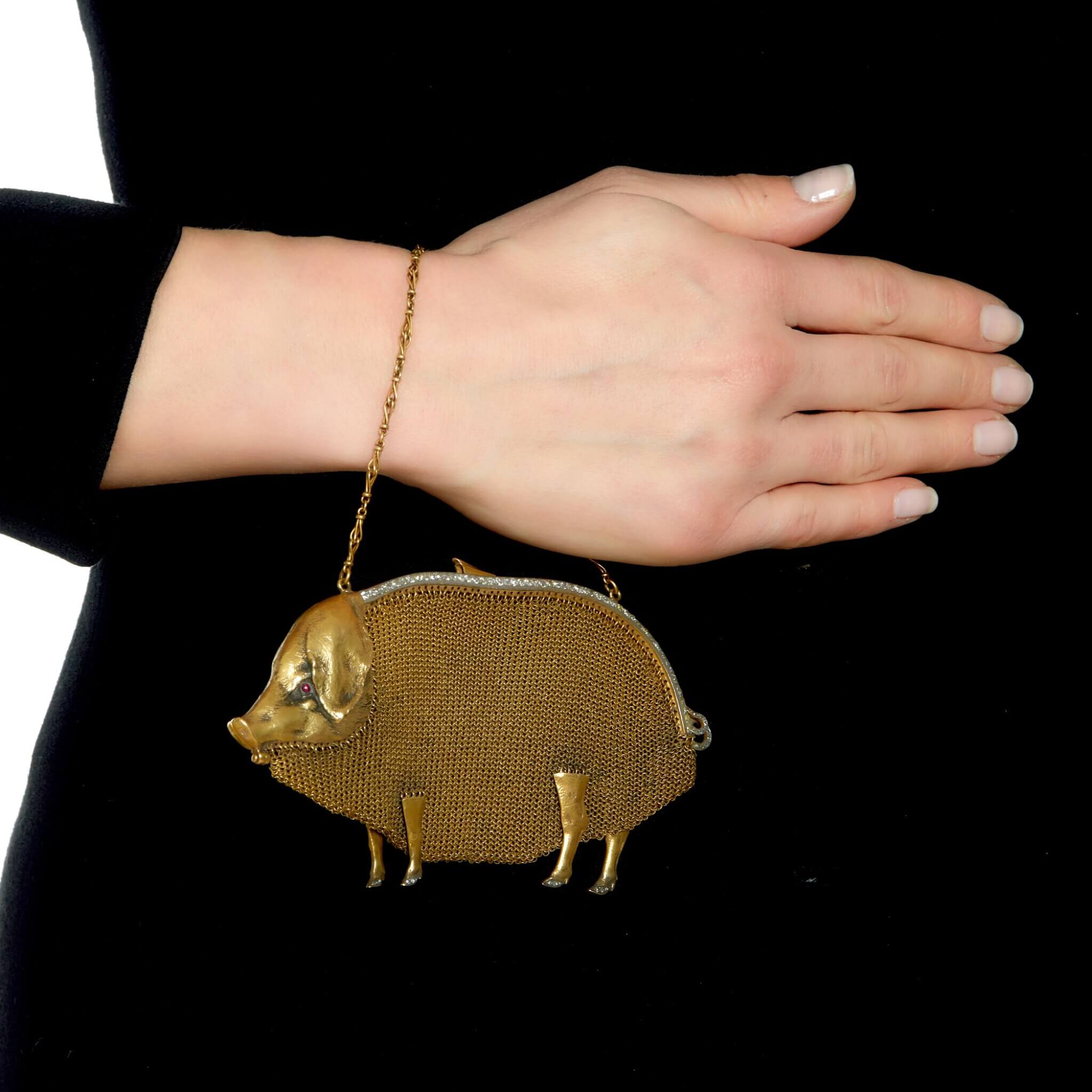
The Art Deco Era: A Golden Age of Colour, Geometry, and Exotic Influences
The 1920s marked the golden age of Lacloche Frères, as Art Deco style swept through Europe. Inspired by the bold colours and geometric patterns of Asian art, Lacloche embraced Japonisme and Egyptomania, incorporating symbols like pharaohs, hieroglyphs, and motifs from Japanese and Chinese art. Their innovative use of jade, lapis lazuli, coral, and onyx created captivating contrasts with diamonds and platinum, making their pieces distinctive and sophisticated. These exotic influences were showcased in their famed vanity cases and cigarette holders, small works of art adorned with enamel, gemstones, and mother-of-pearl.
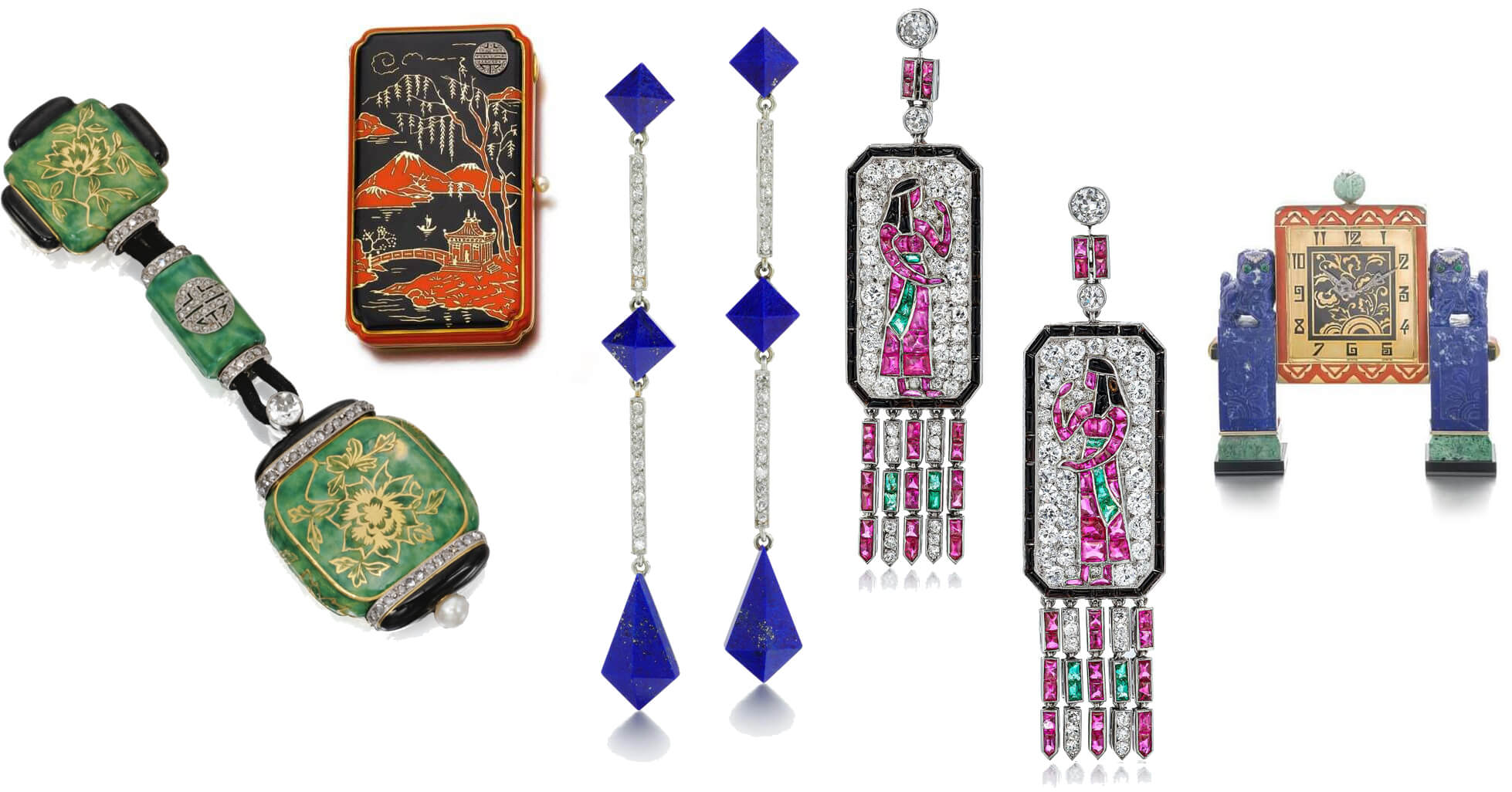
In 1925, Lacloche’s exhibit at the Paris Exposition des Arts Décoratifs earned them a Grand Prix for their jewelled pendants and bracelets inspired by French fables. Their pieces stood out not only for their beauty but also for their technical sophistication, as seen in their elaborate sautoirs and layered diamond bracelets. These pieces reflected the liberated styles of the time, with sautoirs that cascaded down the back and bracelets that adorned bare arms, accentuating the era’s modern fashion.
Expansion into Hollywood and the Glamour of the 1920s
As the Lacloche name grew, so did their clientele, reaching even Hollywood. Henri and Jacques, sons of Fernand, opened an office on Fifth Avenue in New York, supplying glamorous pieces to film stars and socialites. In 1923, Lacloche Frères opened a summer shop in Deauville and expanded to Cannes the following year, catering to the rich and famous who frequented the Côte d’Azur. Their jewellery adorned the wrists and necks of Hollywood royalty and European aristocrats alike, solidifying Lacloche’s place in high society.
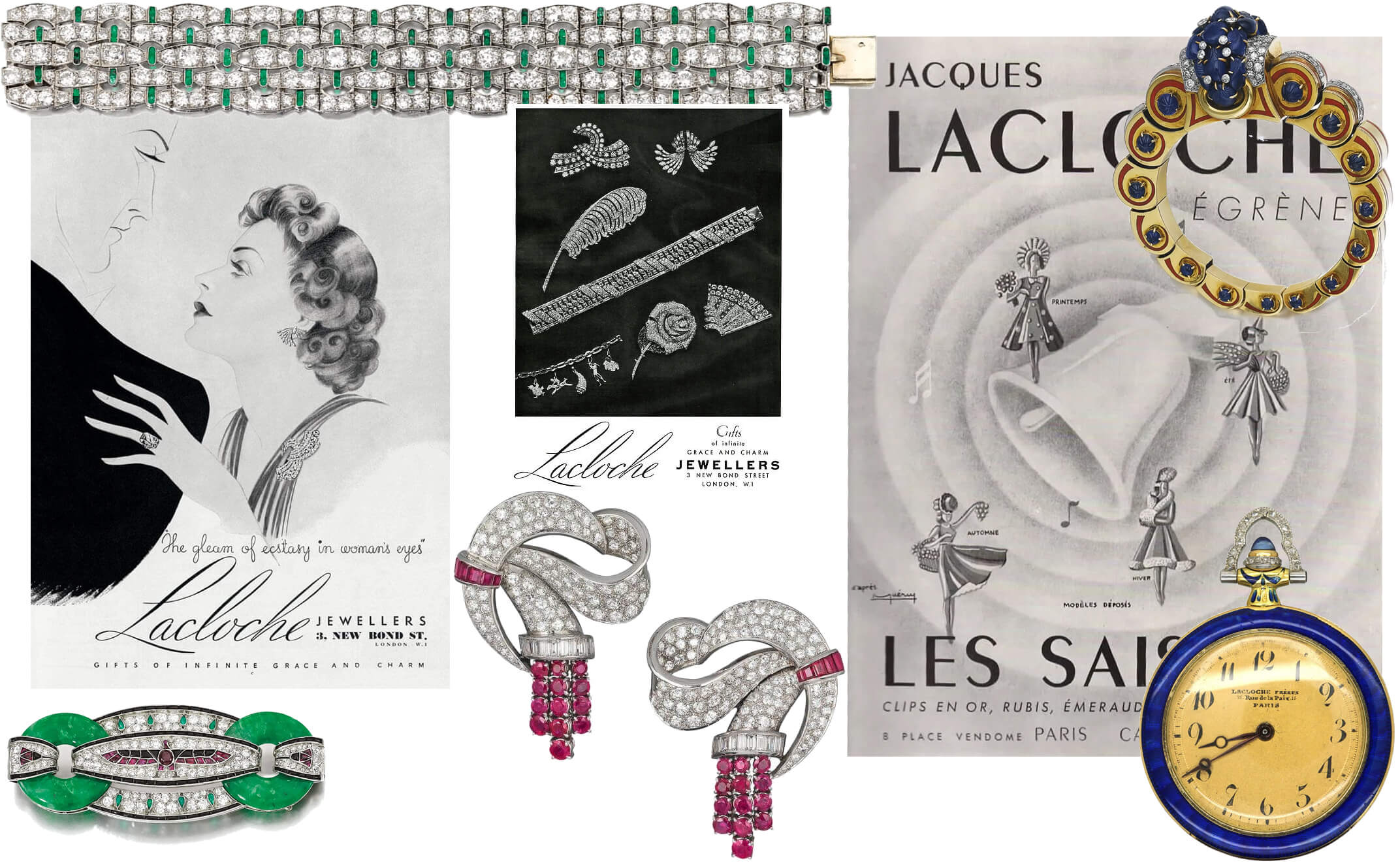
Crisis and Resilience: The Impact of the Great Depression
The stock market crash of 1929 affected luxury brands worldwide, and Lacloche Frères was no exception. By 1931, they had filed for bankruptcy, closing most of their stores and retaining only a Paris showroom. Fernand’s sons, known for their gambling habits, had accumulated significant debts, which contributed to the company’s financial struggles. Fernand passed away soon after, and the Lacloche empire, as it once was, came to an end.
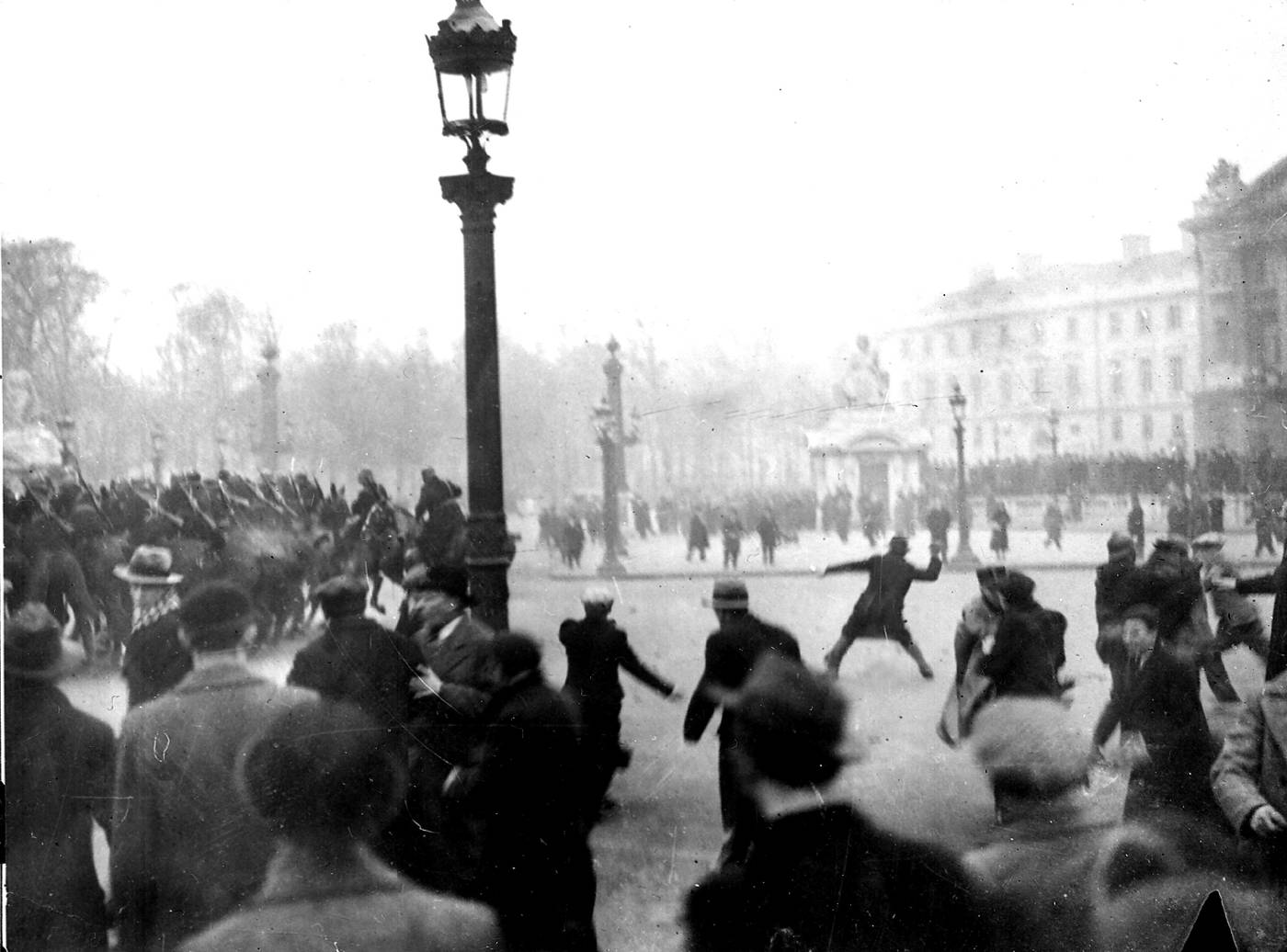
A New Chapter: Jacques Lacloche and the Revival of the Brand
Despite the setbacks, the Lacloche legacy continued. In 1933, Jacques Lacloche, the nephew of the original Jacques and a more financially prudent family member, established a new business under his own name. He cleverly supplied jewellery to a re-established Lacloche Frères store in London, restoring some of the family’s former prestige. Jacques cultivated connections with the high society of Cannes, becoming the official jeweller of the Motor Yacht Club and creating trophies, medals, and cups for exclusive events.
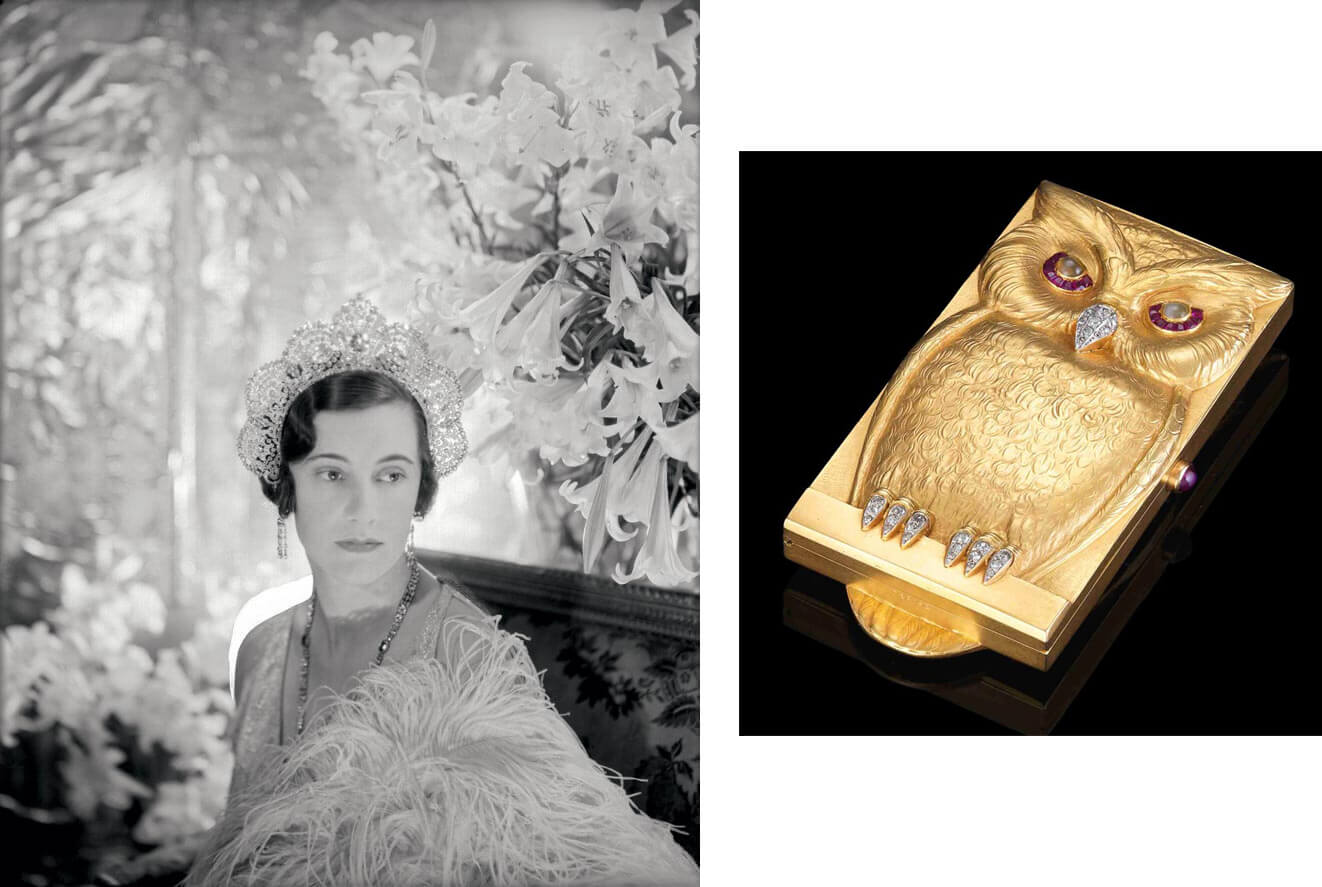
(right) Lacloche Frères – Box in gold, rubies, diamonds, moonstones – c.1905 © Liang Yi Museum
In 1937, Jacques’s designs were celebrated at the Exposition Internationale des Arts et Techniques, and he opened prestigious locations in Place Vendôme and Cannes. Known for mingling with the rich and famous, Jacques attended high-profile events, including the wedding of Grace Kelly and Prince Rainier of Monaco, where he created bespoke jewellery pieces for the occasion.
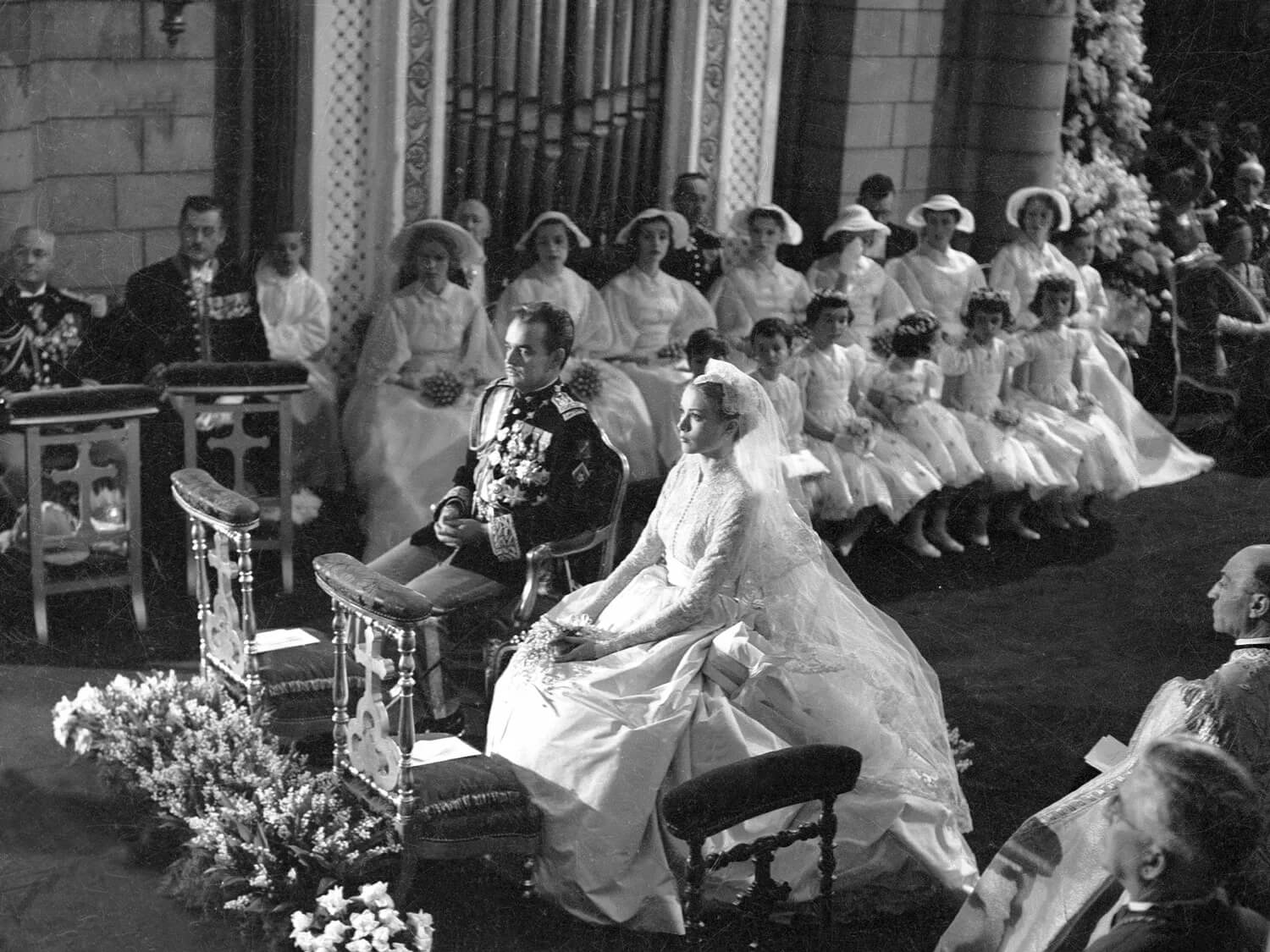
Evolution in Style: Art Moderne and Beyond
During the 1930s and beyond, Lacloche Frères adapted to new trends. Art Moderne brought geometric boldness and less intricate designs, exemplified in their clip brooches, which could be worn in various ways. Lacloche’s bracelets and brooches from this era featured interchangeable coloured stones, allowing wearers to customize pieces to match their attire. Jacques Lacloche introduced charm bracelets and whimsical figural brooches like the “Four Seasons,” reflecting the brand’s playful yet luxurious appeal.
The war years saw Lacloche embracing more stylized and natural themes, with gold jewellery inspired by textile patterns—braided, twisted, and woven designs that continued to captivate clients well into the 1950s.
The Final Chapter and Lacloche’s Enduring Legacy
By the 1960s, Jacques Lacloche explored new artistic ventures, showcasing the works of other jewellers at his Place Vendôme gallery. Though he eventually left the jewellery business and closed his shop, his legacy endured. The Cannes location, renamed Lacloche Frères, continued to celebrate fine craftsmanship, featuring Lacloche pieces and other artisans’ work. Jacques Lacloche passed away in 1999, leaving behind a legacy that endures in the annals of jewellery history.
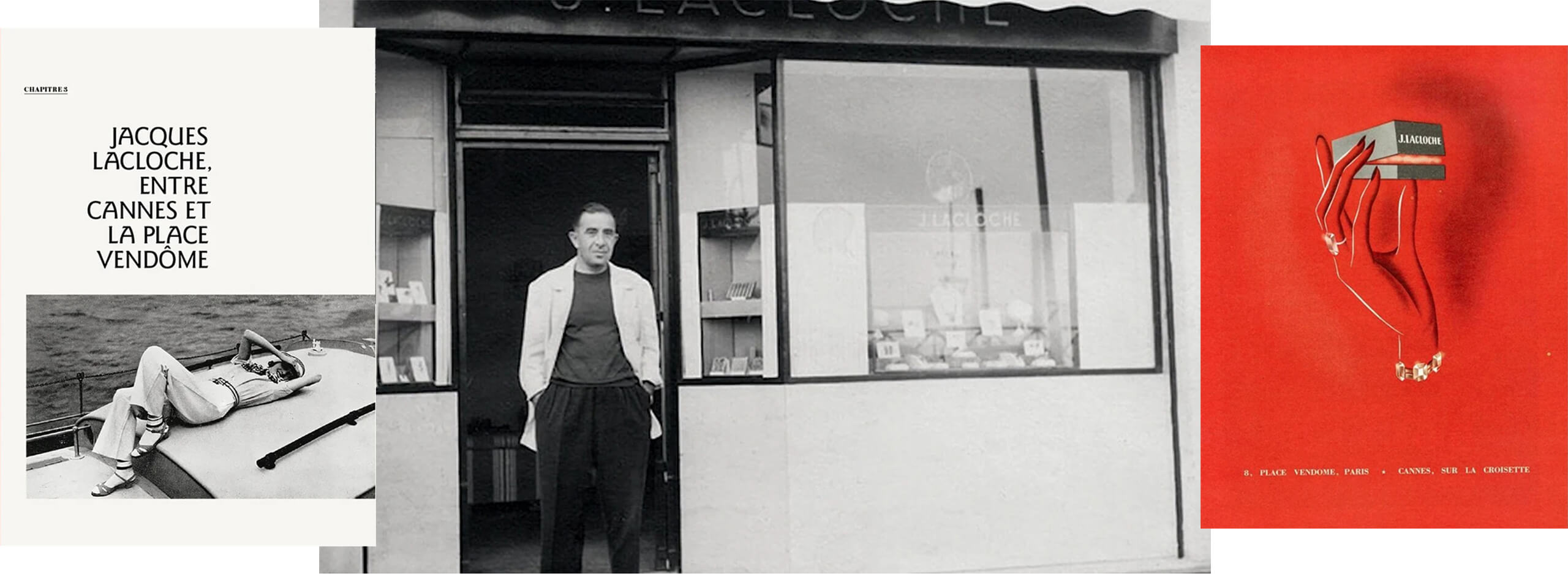
Today, Lacloche pieces are celebrated for their intricate designs, innovative use of materials, and bold stylistic choices. Collectors, historians, and jewellery enthusiasts prize Lacloche creations, which often appear at auctions and exhibitions. From the Art Nouveau and Belle Époque eras through the bold geometry of Art Deco, Lacloche’s designs captured the essence of each period with unmatched craftsmanship and artistry.
Owning a Lacloche piece is like holding a piece of history—a testament to a family’s commitment to beauty, luxury, and innovation. As modern jewellers draw inspiration from Lacloche’s daring use of colour, exotic influences, and pioneering techniques, the Lacloche name lives on as a symbol of elegance and artistry.
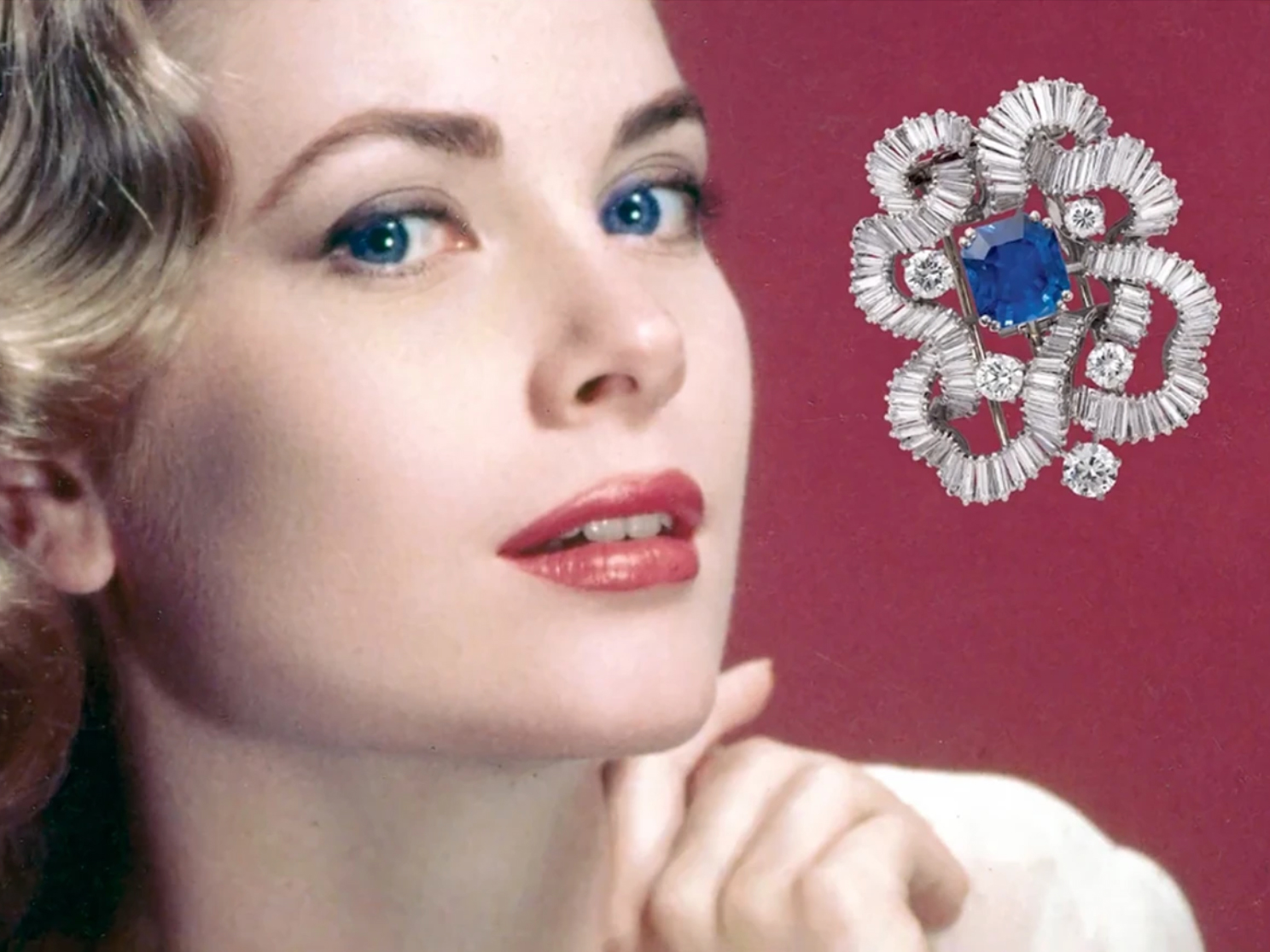
- Tiffany & Co: New York Icon
- Cartier: A Century of Timeless Elegance and Exquisite Craftsmanship
- Jewellery of the Aristocracy: Famous Royal and Noble Collections Through History
Looking to build your collection? Browse our collection of Art Deco and beyond online. Or better yet, book an appointment to see it in person. Continue the story.



 Free Worldwide Delivery
Free Worldwide Delivery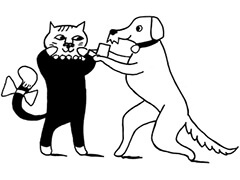 View All
View All
 Diamond
Diamond
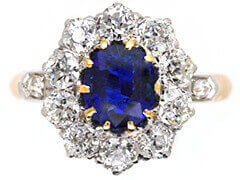 Sapphire
Sapphire
 Emerald
Emerald
 Ruby
Ruby
